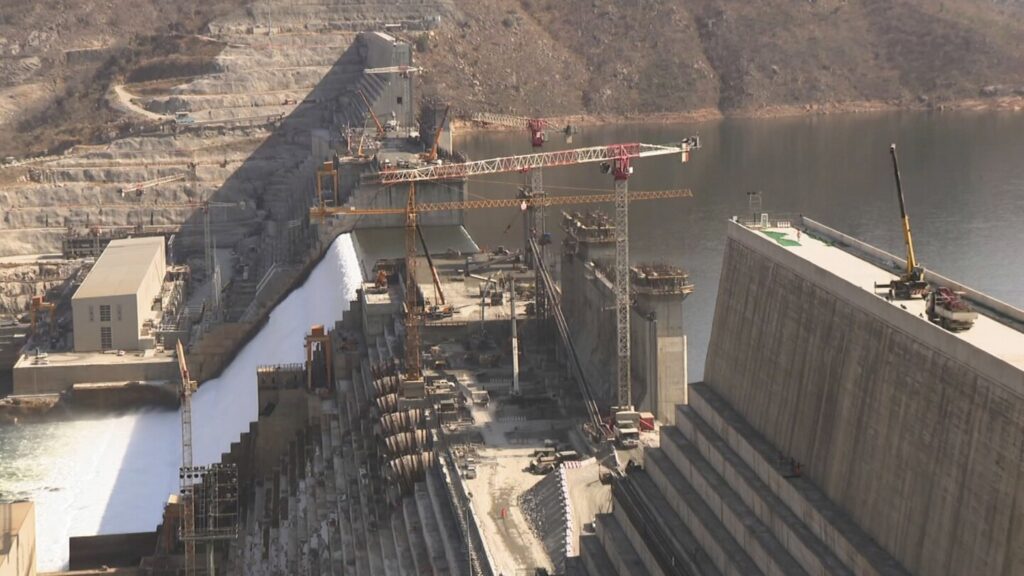
ADDIS ABABA, Ethiopia — Ethiopia has announced the completion of the Grand Ethiopian Renaissance Dam (GERD), marking a significant milestone in its quest to increase electricity output. The announcement by Prime Minister Abiy Ahmed comes amid a longstanding dispute with Egypt over the equitable sharing of the Nile River waters.
Egypt, heavily reliant on the Nile for its water needs, has consistently opposed the dam, viewing it as an existential threat. The river is crucial for Egypt’s agriculture and the sustenance of its over 100 million citizens. Despite years of negotiations, Ethiopia and Egypt have yet to reach an agreement on water management, particularly concerning water release during droughts.
In his address to lawmakers, Prime Minister Abiy Ahmed confirmed that Ethiopia is preparing for the dam’s official inauguration in September. He emphasized Ethiopia’s commitment to ensuring that its development does not come at the expense of Egypt and Sudan, stating, “We believe in shared progress, shared energy, and shared water.”
Historical Context and Regional Implications
The GERD, which began construction in 2011, is Africa’s largest dam and has been a point of contention in the region. Tensions have been so pronounced that some observers feared the possibility of conflict between Ethiopia and Egypt. However, Ethiopia has garnered diplomatic support from upstream countries such as Uganda, which are part of the Nile Basin Initiative—a regional partnership focused on equitable water resource use.
The Nile Basin Initiative accord came into force in October, without ratification from Egypt or Sudan.
Located near the Sudanese border on the Blue Nile, the dam began producing power in 2022. It is expected to generate over 6,000 megawatts of electricity, effectively doubling Ethiopia’s current output and positioning the nation as a net energy exporter.
Technical Details and Economic Impact
The dam, situated approximately 500 kilometers northwest of Addis Ababa, stretches 1,800 meters in length and 175 meters in height. It is supported by a reservoir capable of holding 74 billion cubic meters of water. The Ethiopian government views the dam as a pivotal development project that could lift millions out of poverty.
Ethiopia insists the dam is crucial for development and aims to become a major power exporter.
Despite the project’s potential benefits for Ethiopia, Egypt remains steadfast in its opposition, citing a colonial-era agreement that allocated Nile water rights primarily to Egypt and Sudan. This agreement, first signed in 1929, did not consider the needs of other nations along the river basin, who now demand a more equitable distribution.
Future Prospects and Diplomatic Efforts
As Ethiopia prepares for the dam’s inauguration, the international community watches closely. The situation underscores the complexities of transboundary water management and the necessity for diplomatic solutions. Experts suggest that a comprehensive agreement involving all Nile Basin countries could pave the way for sustainable development and regional stability.
The completion of the GERD represents a significant achievement for Ethiopia, but it also highlights the challenges of balancing national development with regional cooperation. The coming months will be critical in determining whether Ethiopia, Egypt, and Sudan can reach a consensus that satisfies all parties involved.
For now, Ethiopia remains optimistic about the dam’s potential to transform its energy landscape and contribute to regional prosperity. As the official inauguration approaches, diplomatic efforts are likely to intensify, with the hope of achieving a lasting resolution to the Nile water dispute.







